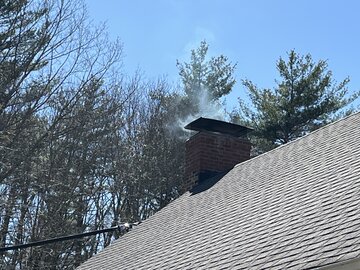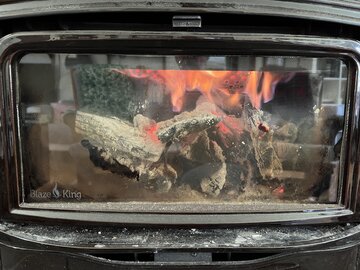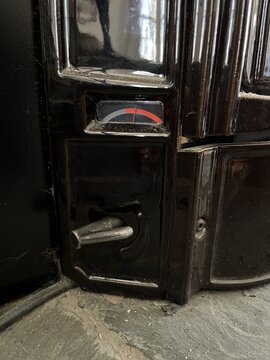Why would I be seeing lots of smoke when the catalyst is fully glowing and the indicator is well into the zone?
Here are all the factors I can think of:
Thanks



Here are all the factors I can think of:
- Ashford 25 insert, 2 years old. Original catalyst.
- Burning the first reload of the day, an hour into the burn.
- Today's outside temps low 50s (F)
- Wood is a mix of oak, maple, and locust. I can't entirely vouch for moisture but it has all been stacked for 2 years.
- Smoke is not black, brown, or white, just a neutral grey. Looks like a lot of it, like what I'd expect to see from a non-EPA stove or fireplace.
- Intake is set around 3 o'clock, but I have tried adding more and less and neither adjustment seems to affect the amount of smoke.
Thanks




